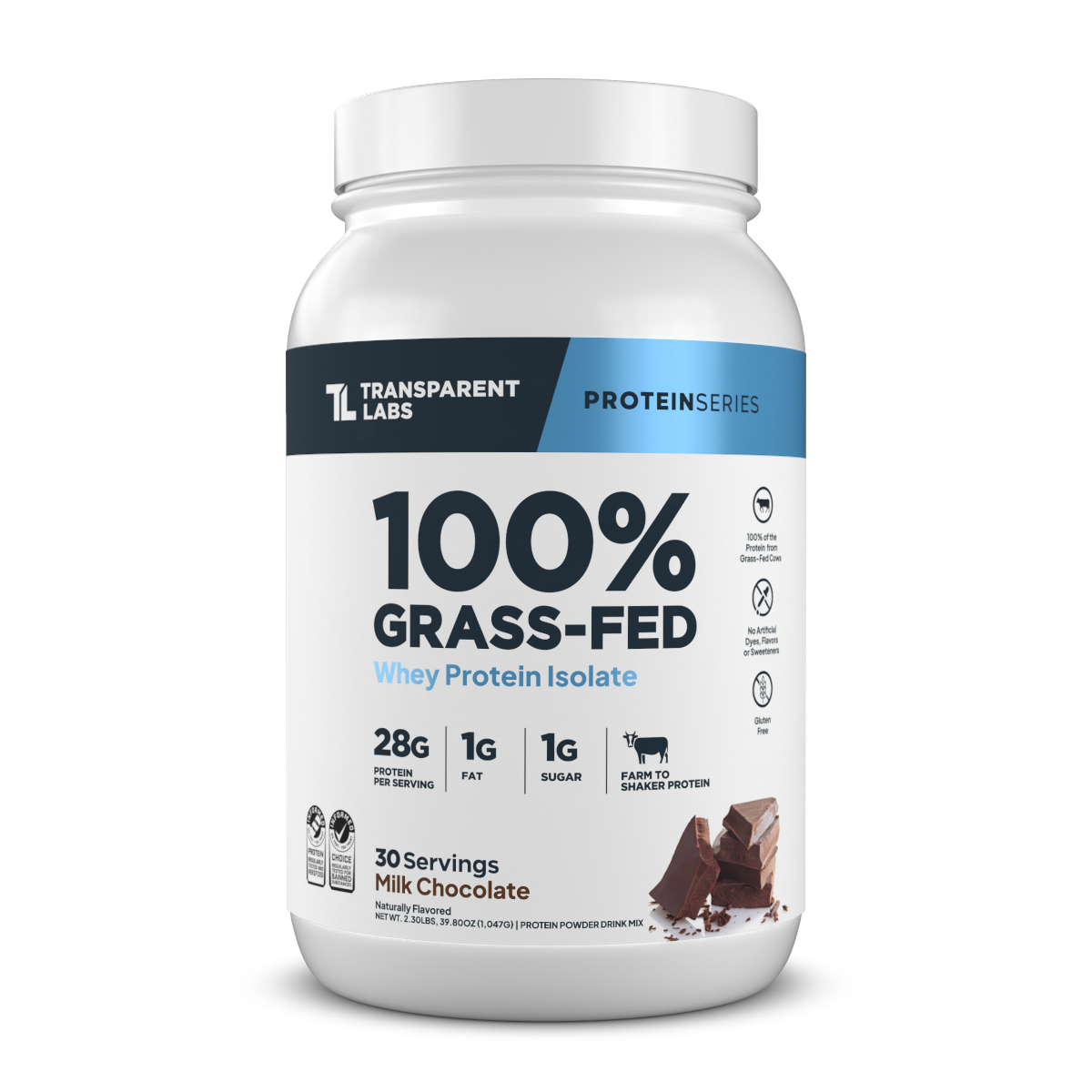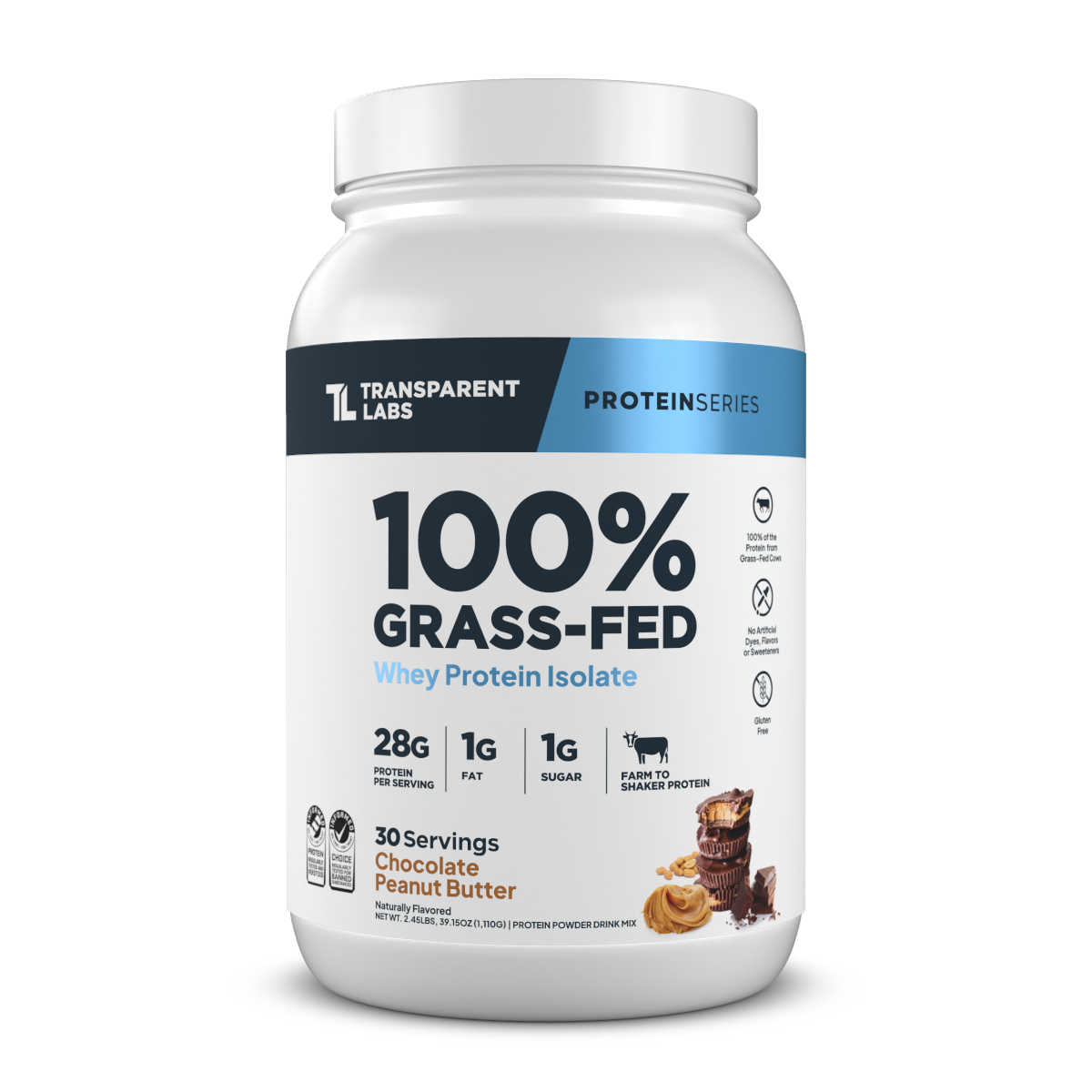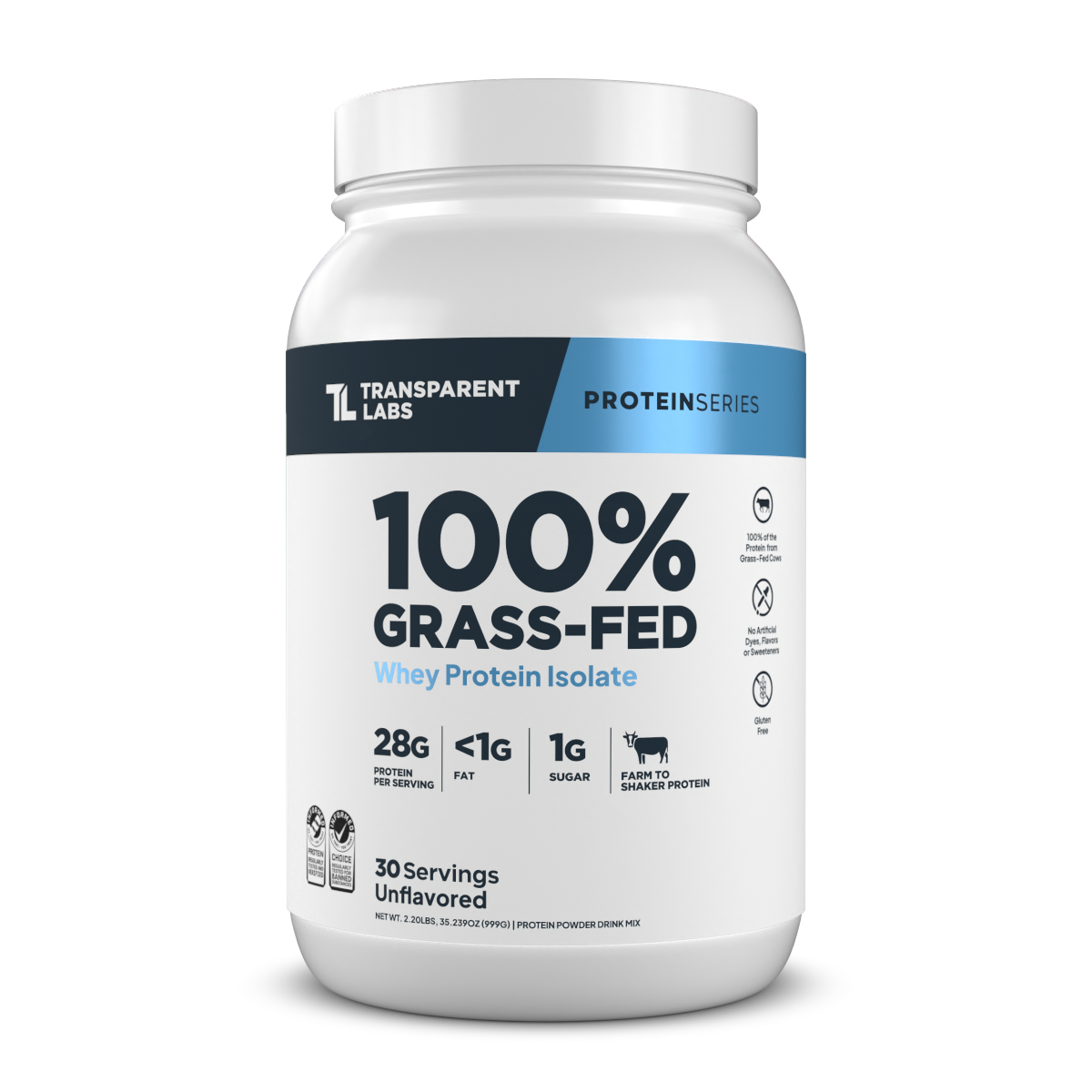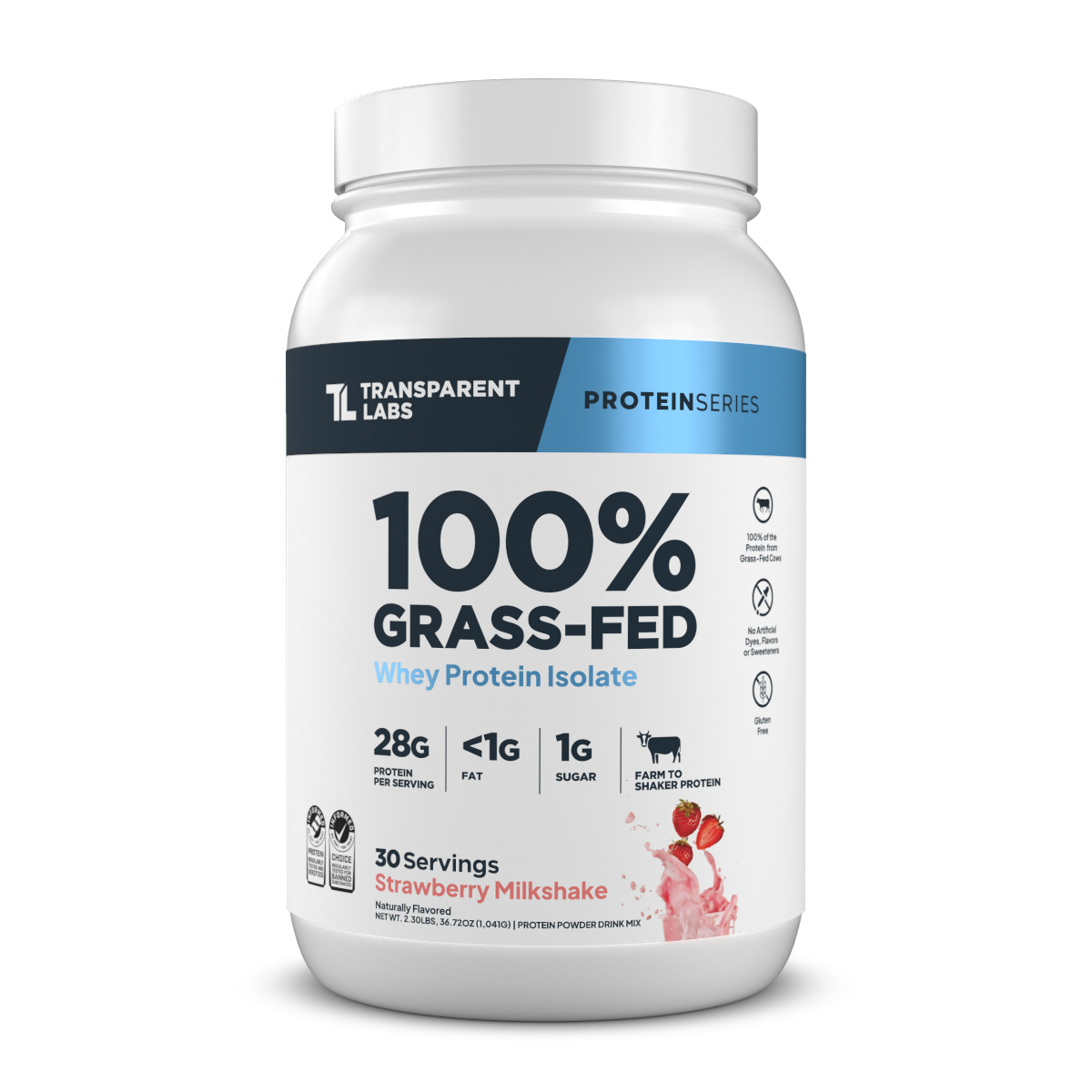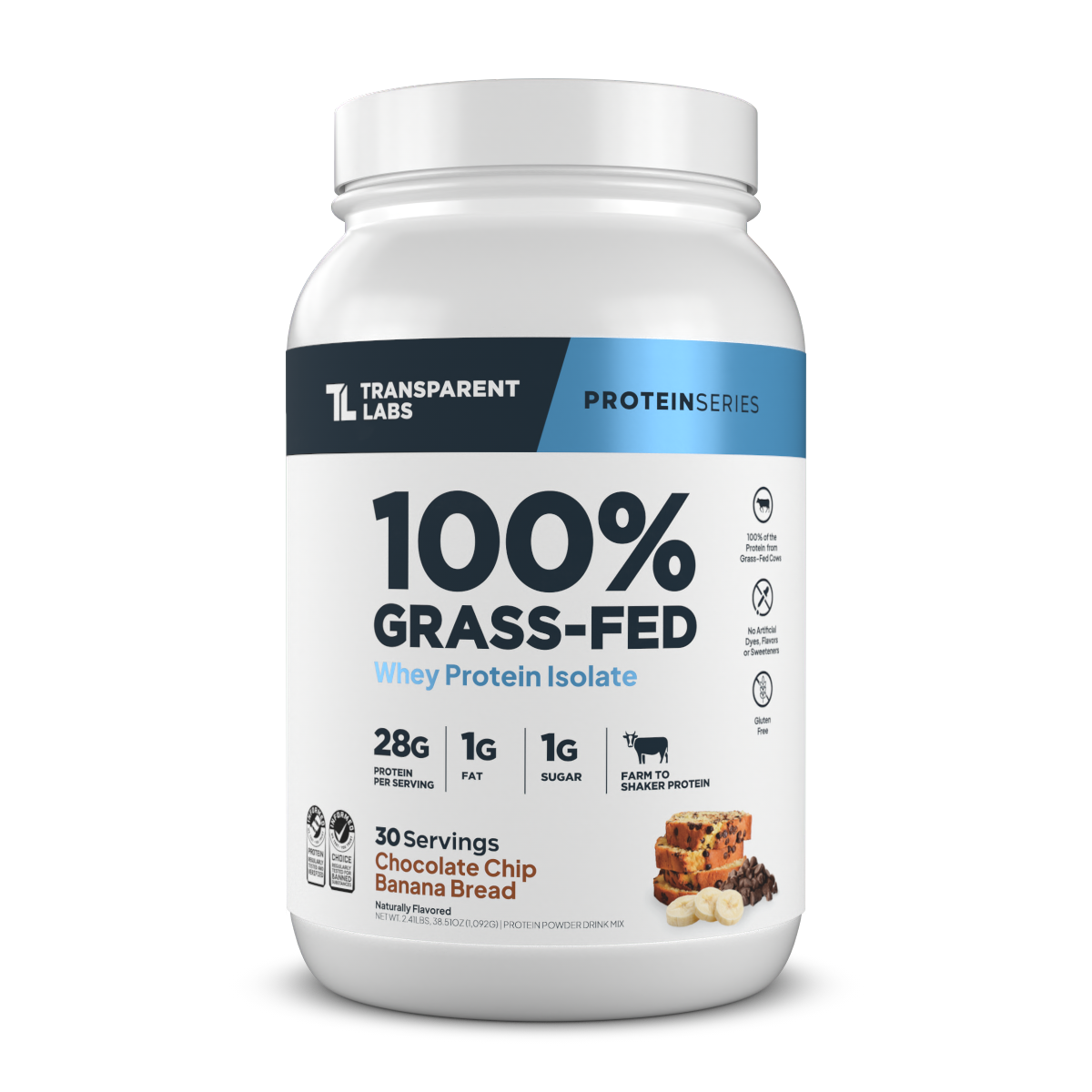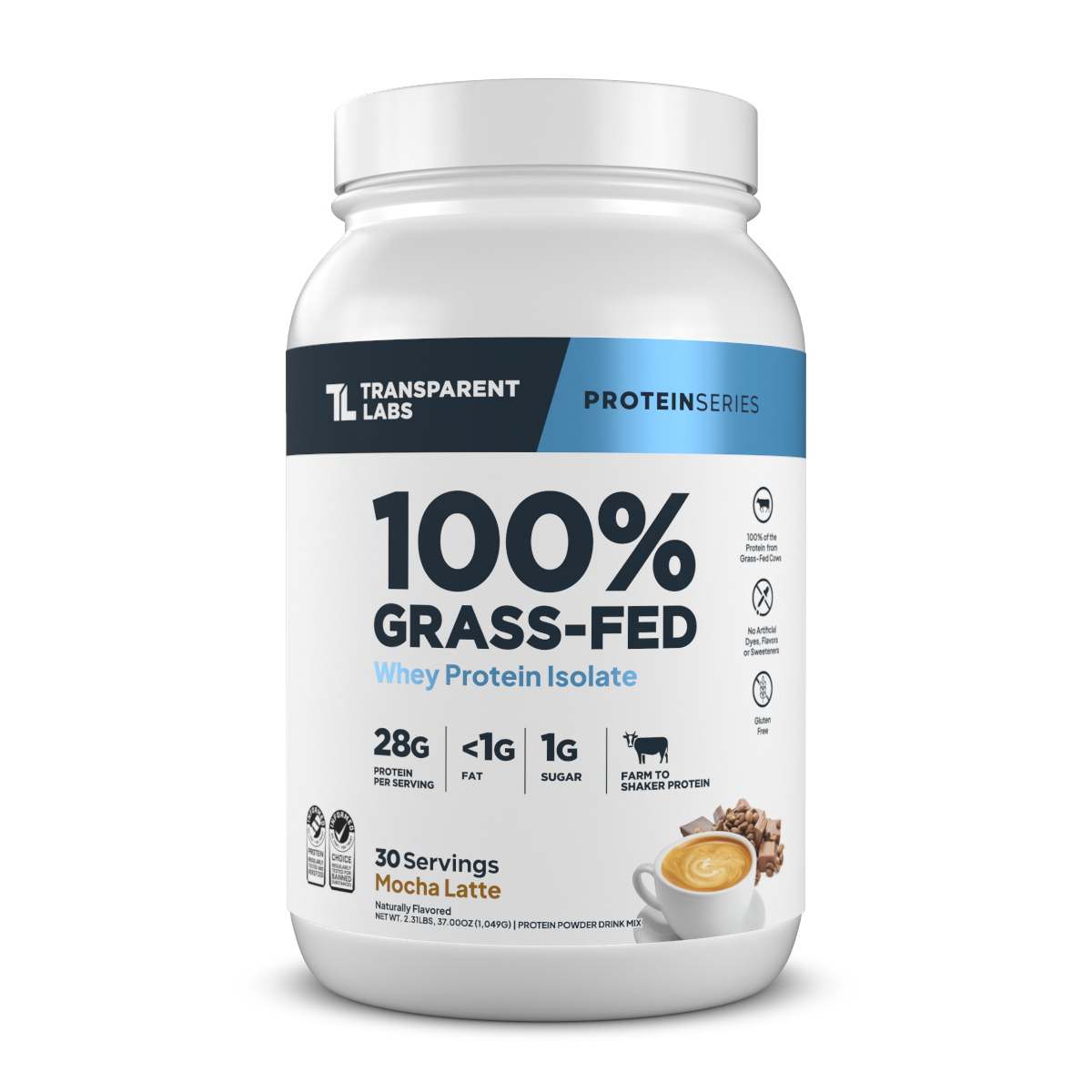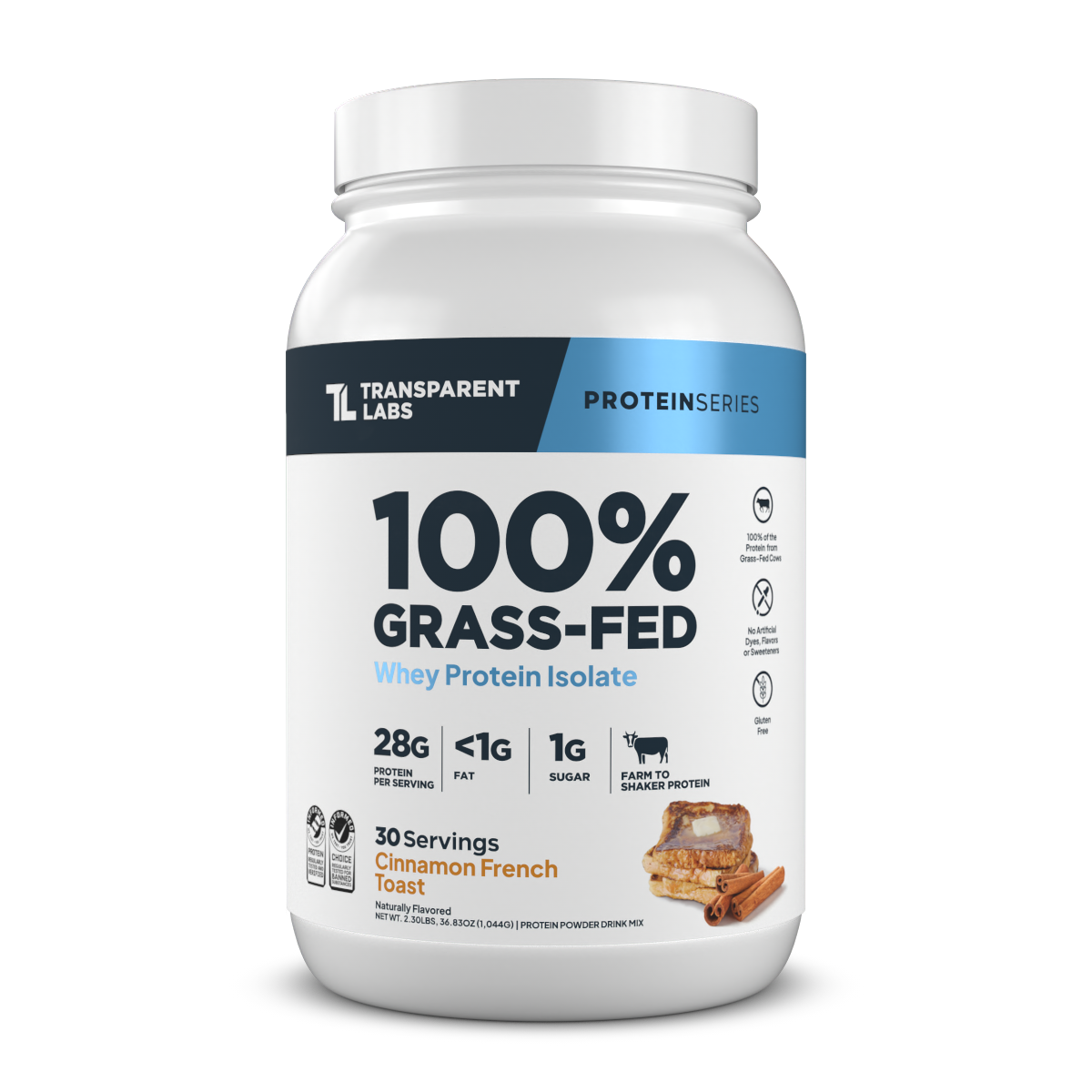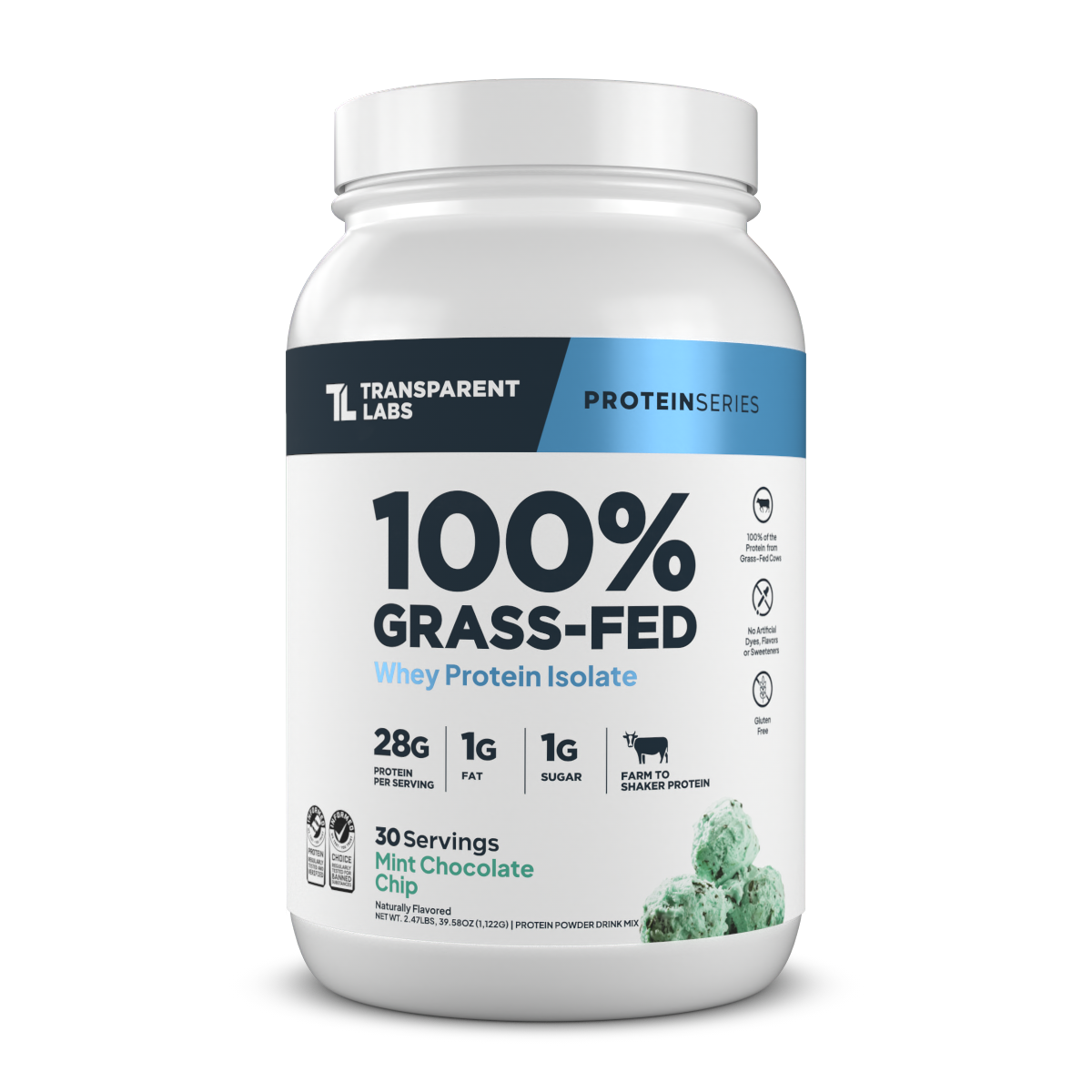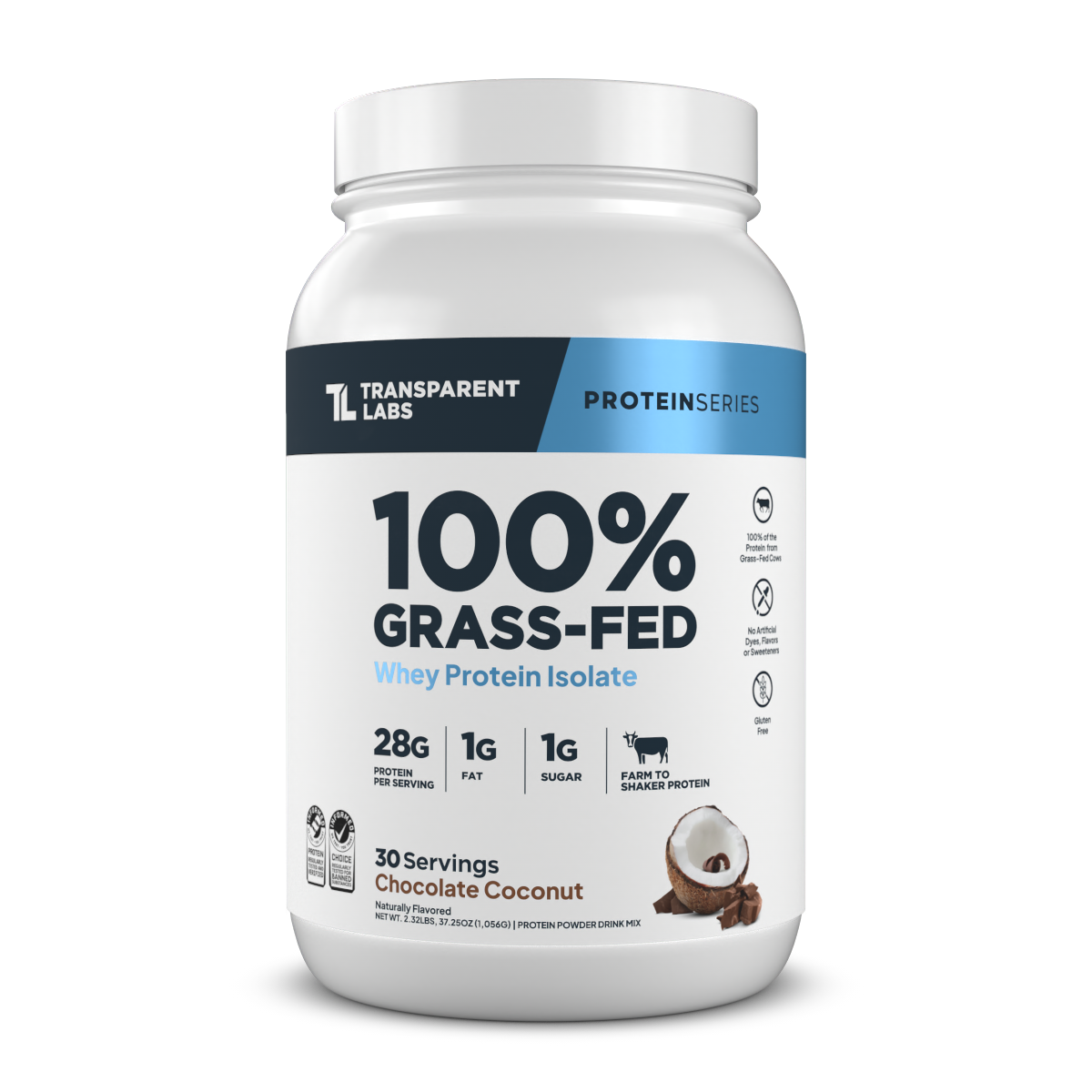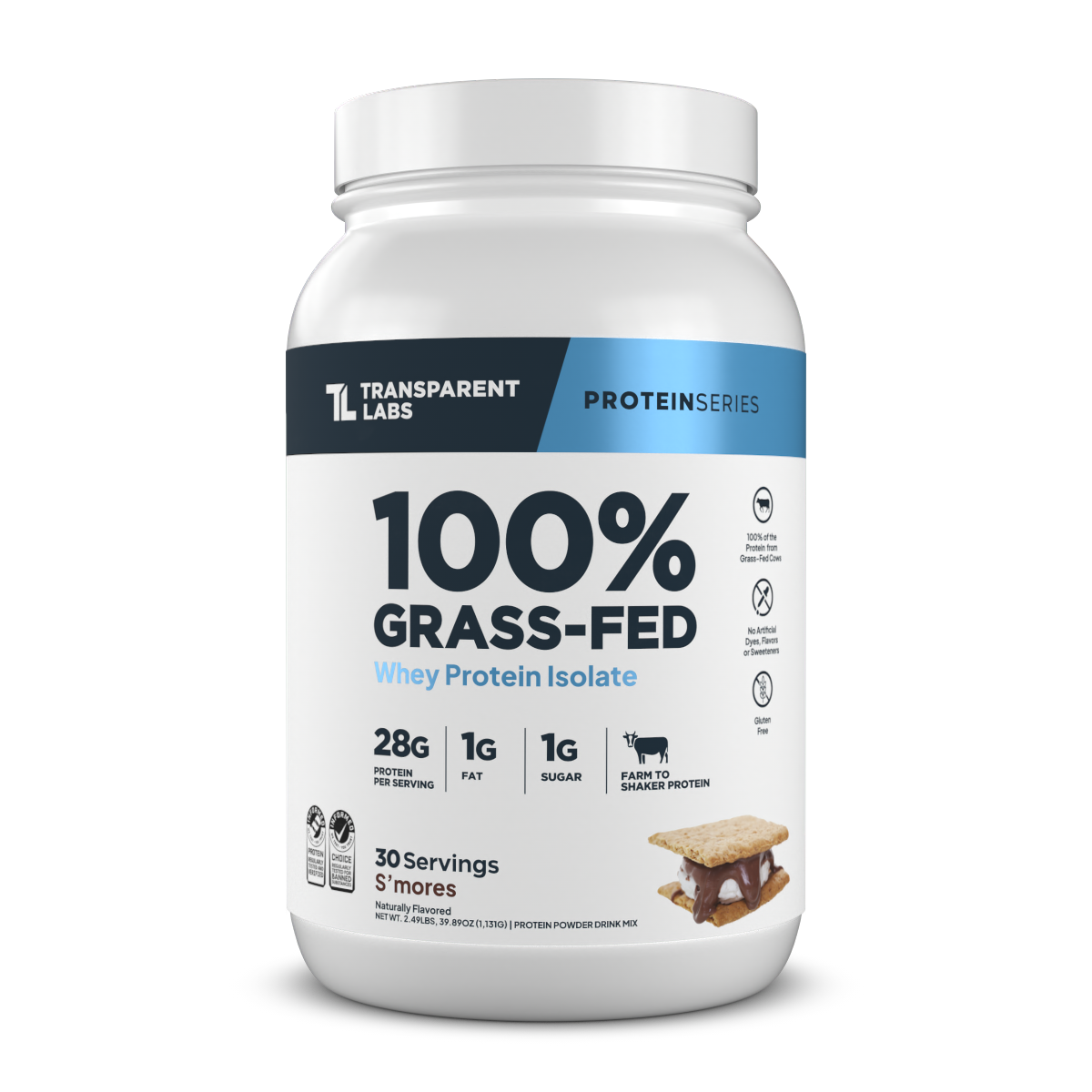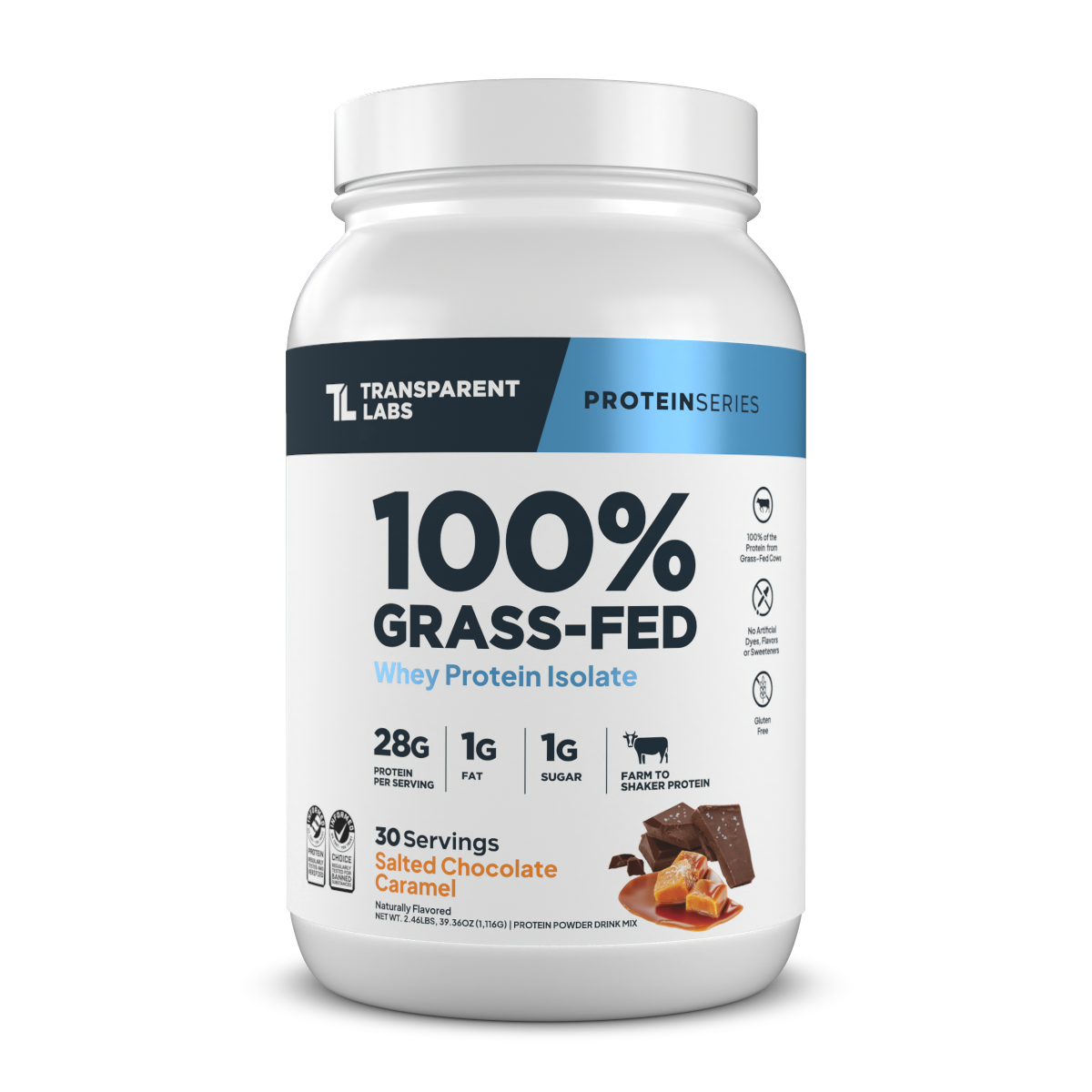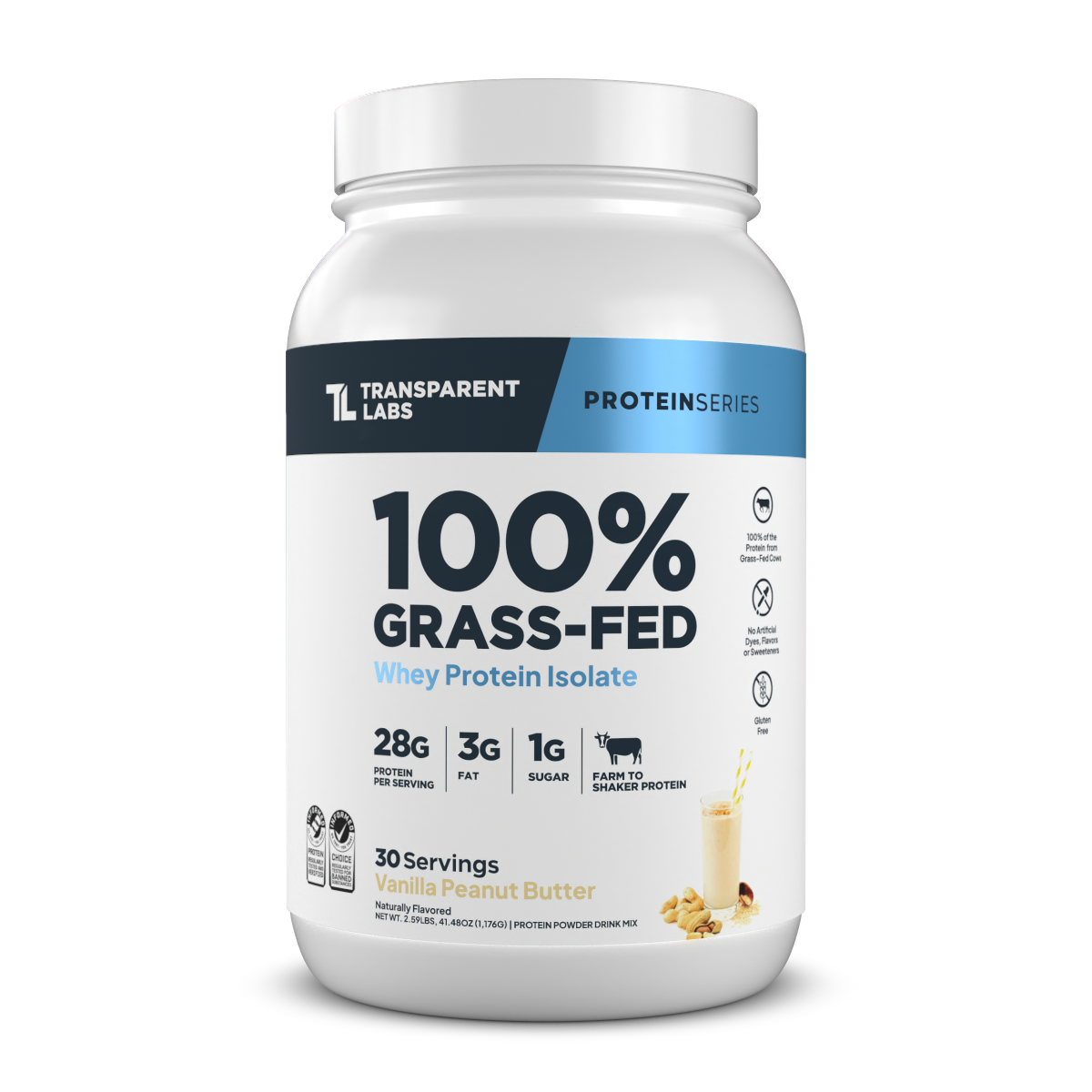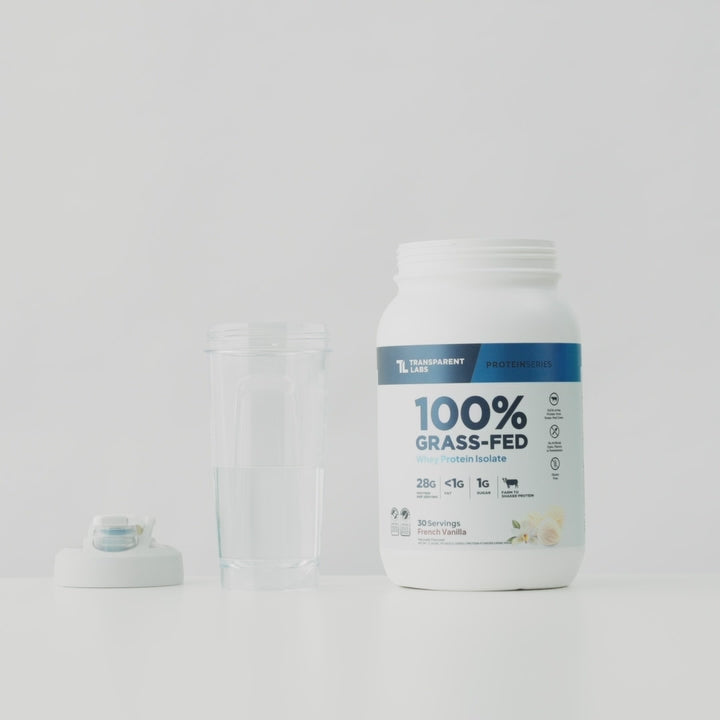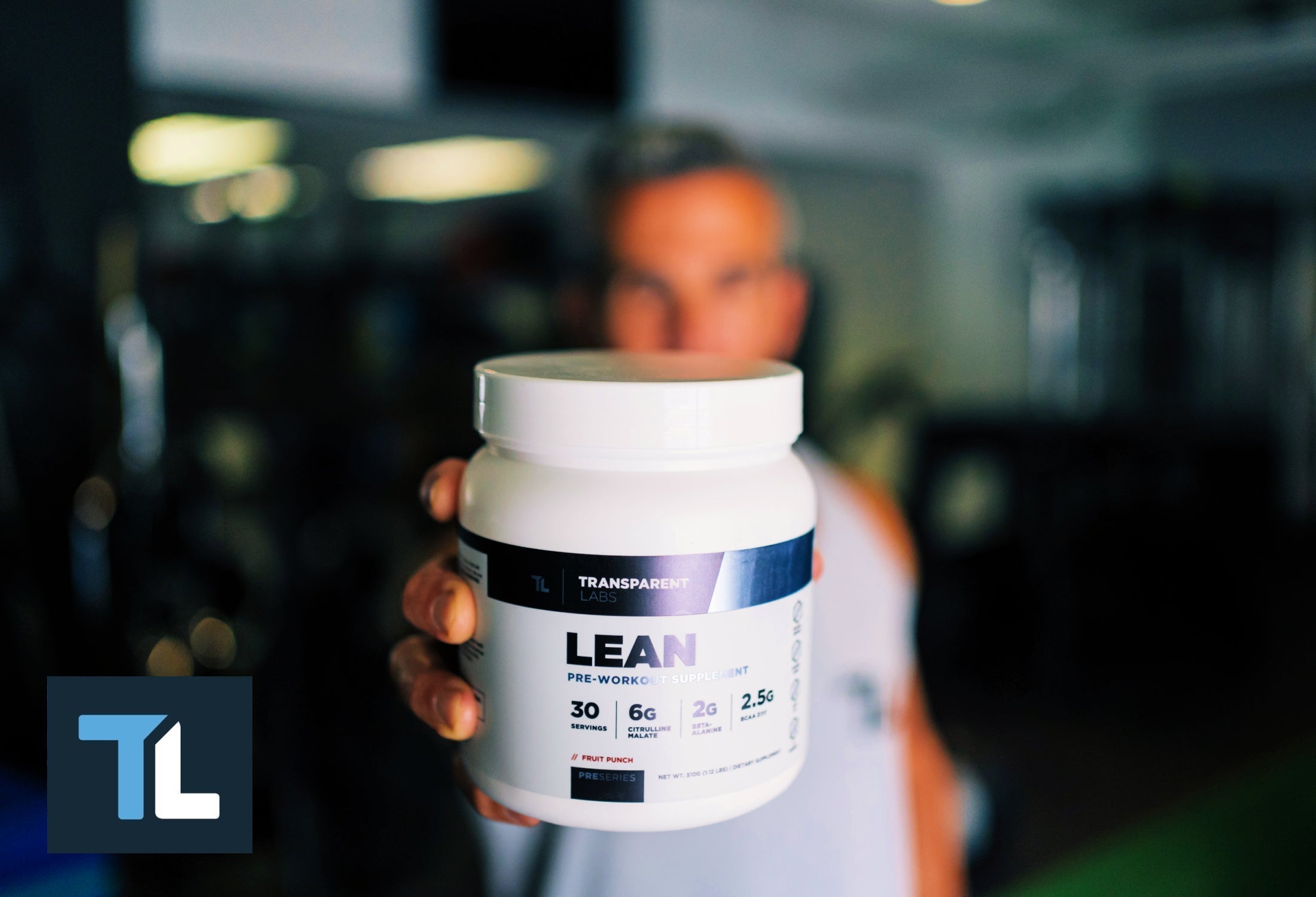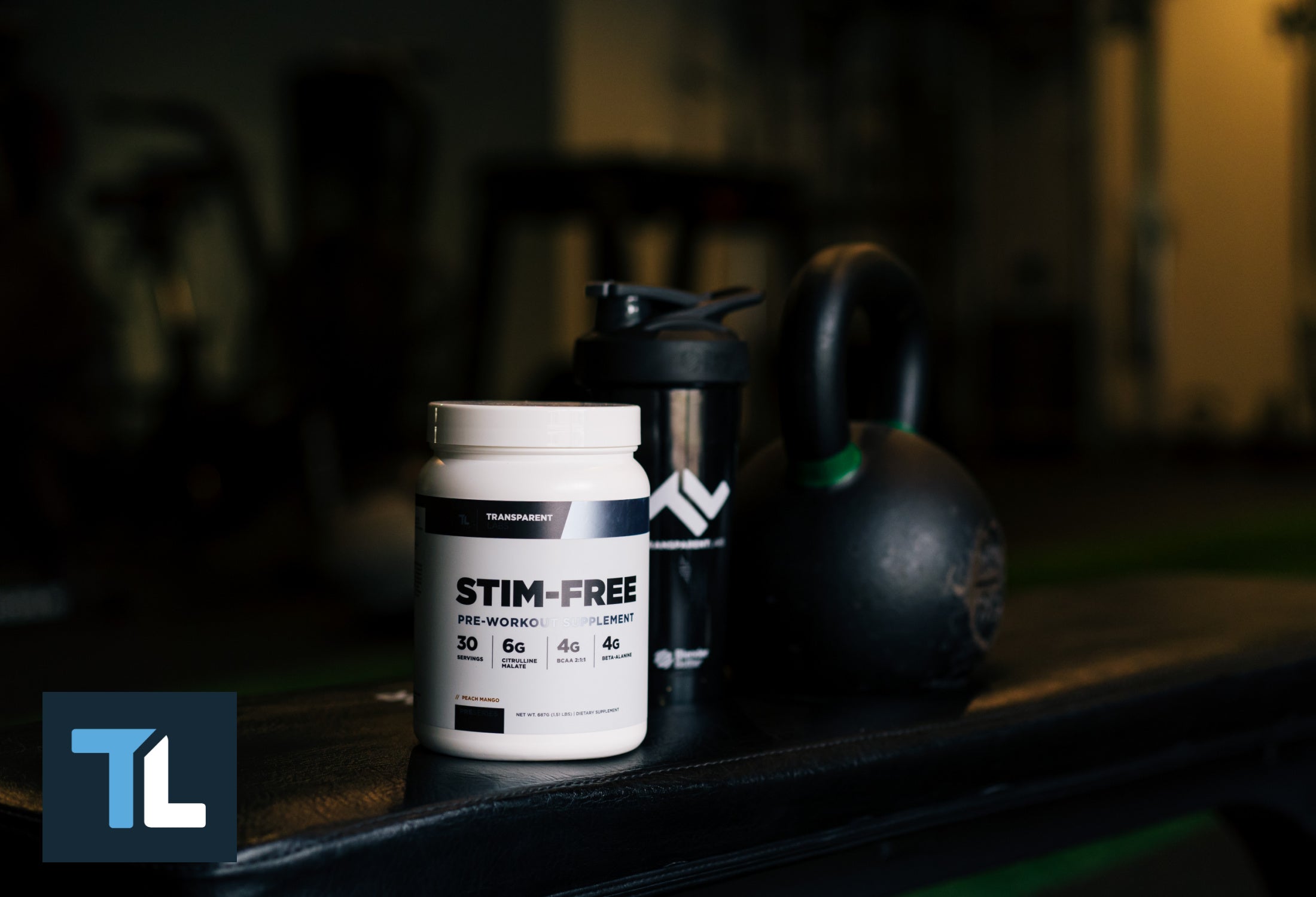If you are predominantly the mesomorph somatotype, this guide will walk you through everything you need for building muscle, developing strength, and getting lean.
Instead of providing a generic template diet plan for all mesomorphs, this guide will teach you how to calculate your own custom-tailored energy and macronutrient needs based on your lifestyle and specific goals.
Even better, the workout program in this guide is efficient and effective, helping you pack on muscle and increase strength while only requiring four weight training sessions per week.
We realize many people don’t have much free time these days, so this guide will help you maximize your hours in the gym and in the kitchen.
It’s all about consistency; over time, each workout and each meal will pay off and you will never look back.
| Ready to transform your physique and become a better you? Good, let’s get to work! |
What Is a Mesomorph?
 The term “mesomorph” refers to one of three specific somatotype, which are distinct body shapes and structures we use to describe humans.
The term “mesomorph” refers to one of three specific somatotype, which are distinct body shapes and structures we use to describe humans.
Essentially, the three human somatotypes are broad generalizations that describe our natural morphology, and from that we can deduce some physiological tendencies.
The three standard somatotypes for humans are:
- Mesomorph: Naturally broad in the shoulders and muscular, with a higher metabolic rate and muscle cells that respond very well to training (i.e. resistance training increases muscle protein synthesis significantly).
- Ectomorph: Typically have long limbs and a “lanky” look, with a very high metabolic rate, making it difficult to put on muscle (or body fat) - these people are often referred to as “hardgainers”.
- Endomorph: Naturally large bone structure, pear-shaped (wide waist and hips), tend to have higher body fat and a harder time getting very lean.
So, why is it important to know your somatotype?
| In short: by understanding your natural morphology, you can diet smarter and train optimally for your body type. After all, humans are not all created equal, and we certainly do not all respond the same to different training methods and diets. |
However, no matter which somatotype you most closely resemble naturally, don’t misconstrue that to mean you can’t change your physique, musculature, and leanness.
With the right diet and training, even endomorphs can get shredded and ectomorphs can get big and muscular.
In reality though, pretty much all humans exhibit characteristics that are a mix of each somatotype. Basically, you can think of the three somatotypes like they are the points A, B, and C of an equilateral triangle. We all fall somewhere within the triangle, and the goal is to pick the point that closest resembles your body morphology (which will also tell you your predominant somatotype).
Bear in mind that many of us see ourselves as the somatotype that we want to be and not the somatotype that we closest resemble naturally. As such, it behooves you to be honest and critical when you’re determining which somatotype characterizes your natural body structure best.
Are You a Mesomorph?
If you naturally have wide clavicles (broad shoulder), a slim waist, and shorter limbs, you are likely a predominant mesomorph.
Here are some of the main characteristics that comprise the mesomorph somatotype:
- Wide clavicles/broad shoulders
- Slim waist
- Short limbs with a long torso
- Large muscle bellies
- Small joints (which give the appearance of bigger muscles)
With that in mind, the rest of this guide is primarily going to focus on the mesomorph, which is reputed as the best somatotype for building muscle.
If you fall under the mesomorph category, allow me to say “You lucky son of a gun!”
Dieting for Mesomorphs: How to Determine Your Calorie and Macronutrient Needs

How to Calculate Your Calorie Goal
Step 1: Calculate your basal metabolic rate (BMR) by multiplying your bodyweight (in pounds) by 14.
Step 2: Calculate your Total Daily Energy Expenditure (TDEE) by accounting for your lifestyle activity factor (note, you will be training 4 times weekly on the program in this guide, so most people will fall under the moderately or very active categories).
- Moderately Active — Moderate-to-intense exercise 3-4 times per week with minimal activity aside from training (e.g. a desk job, full-time student, etc.) → Multiply your BMR by 1.3.
- Very Active — Intense exercise 4-5 times weekly plus a modest amount of activity aside from diligent training (e.g. a server, retail worker, etc.) → Multiply BMR by 1.6.
- Extremely Active — Intense exercise 4+ times weekly and a physically demanding job (landscaper, construction worker, etc.) → Multiply your BMR by 1.8.
Step 3a: If your main goal is to pack on muscle and develop strength, you will need to eat more calories than you burn. As a general starting point, take your TDEE from step 2 and add 500 calories to it.
or
Step 3b: If your main goal is to get lean and maintain as much muscle as possible, you’ll need to burn more calories than you consume. As a general starting point, take your TDEE from step 2 and subtract 500 from calories from it.
Once you’ve determined your total calorie goal, you will use that number in the next section to figure out your precise macronutrient needs.
| PS: You can use our free macro calculator here as well. |
Determining Your Macronutrient Intake
The trick for determining your specific protein, carb, and fat intake is playing to your body’s physiological tendencies. The main variable at play between the different somatotypes is carbohydrate intake, as ectomorphs tend to be highly insulin sensitive, whereas endomorphs are the opposite (mesomorphs tend to fall in the middle).
As such, mesomorphs typically fare best with a moderate amount of carbs in their diet. Protein intake, however, across all somatotypes is generally best around 1.2-1.5 grams per pound of bodyweight.
There is no research to suggest that more than 1.5 grams of protein per pound of bodyweight is advantageous for building muscle; in fact, the current evidence contends that as little as 1 gram of protein per pound of bodyweight is plenty for most gym-goers [1].
After accounting for protein and carbs, you simply “fill in” the remaining calories with fat. For example, here’s how a 175-lb mesomorph aiming for 2800 calories per day would determine their macronutrient needs:
Protein Intake
1.3 grams of protein per pound of body weight
- For example, this 175-lb person will aim for: 175 x 1.3 = 208 grams of protein per day
- Protein has 4 calories per gram, meaning: 208 x 4 = 832 calories from protein per day
Carb Intake
2 grams of carbs per pound of body weight
- For example, this 175-lb person will aim for: 175 x 2 = 350 grams of carbs per day
- Carbs have 4 calories per gram, meaning: 350 x 4 = 1400 calories from carbs per day
Fat Intake
Makes up remaining amount of calorie intake after accounting for protein and carbs
- The 175-lb individual in this example is consuming: 1400 + 832 = 2232 calories per day from protein and carbohydrates.
- Fat has 9 calories per gram, so 2800 - 2232 = 568 calories from fat
- 568/9 = 63 grams of fat per day
- Fat has 9 calories per gram, so 2800 - 2232 = 568 calories from fat
| In summary, this 175-lb mesomorph with a 2800 calorie goal should aim for about 63 grams of fat, 350 grams of carbs, and 208 grams of protein per day. |
Note that these macronutrients are meant as a starting point and not an outright rule.
If you’re main goal is to cut body fat, you might want to cut the carb intake down to 1 gram per pound of bodyweight and eat a little more protein and fat instead.
Don’t be afraid to experiment with your macros a little bit and see what your body responds best to.
Setting Realistic Muscle Building (and Fat Loss) Goals
On average, you should reasonably aim to build about 1-2 lbs of muscle per week if you’re a mesomorph who is new to weight training (or just coming back after a long time away from lifting). If you eat enough and constantly progress in your workouts, you’ll be packing on lean size and building strength on a daily basis. If you’re a more advanced or intermediate trainee, you might only put on ¼-½ lb per week. The same generally applies for the mesomorph looking to cut body fat.
Be aware that progress is often nonlinear, especially as you become more experienced; one week you might not lose or gain any weight, while the next week you will see a 2+ lb change. Hence, keep the big picture (long-term) in mind and don’t “slow” progress deter you.
So, What Now?
Now that you have determined your starting nutrient needs and what to expect in terms of building muscle and losing body fat, let’s talk a little bit about food selection and the finer points of diet for mesomorphs.
Best Foods for Building Muscle and Losing Fat
After figuring out how much to eat, you need know what to eat. Mesomorphs tend to do best when they eat mostly whole, nutrient-dense foods (like the ones below). However, if you want to indulge every once in awhile, it’s ok; a slice of pizza or a small bowl of ice cream won’t in and of itself make you gain fat or ruin your efforts in the gym.
LEAN PROTEIN SOURCES
- Chicken breast (skinless)
- Ground turkey (>93% lean)
- Turkey breast (skinless)
- Lean steak (top round, flank, etc.)
- Ground beef (>93% lean)
- Bison/buffalo meat
- Freshwater fish (tuna, orange roughy, tilapia, salmon, etc.)
- Egg whites (whole eggs are also a good fat source)
- Grass-fed whey protein powder
- Vegan protein powder
- Plain Greek yogurt
- Low fat/fat-free cottage cheese
QUALITY FAT SOURCES
- Raw seeds: sesame, pumpkin, flax, chia, sunflower, etc.
- Raw nuts: peanuts, almonds, macadamia, Brasil, walnuts, cashews, etc.
- Nut butters: peanut butter, macadamia nut butter, almond butter, etc.
- Coconut oil & unsweetened coconut flakes
- Avocado/avocado oil
- Plant oils (macadamia oil, olive oil, sesame oil, etc.)
- Low-fat cheese (any variety)
COMPLEX CARBOHYDRATE SOURCES
- Oats/oat bran
- Cream of Rice/Cream of Wheat
- Potatoes (red, sweet, white, fingerling, etc.)
- Lentils/beans
- Yams
- Rice (brown, yellow, Jasmine, basmati, etc.)
- Quinoa, couscous, barley, etc.
“What about vegetables and fruits?”
Vegetables and fruits are undoubtedly nutritious and should be a part of virtually everyone’s diet in some capacity. For the most part, you should be getting at least 4-5 servings of fibrous veggies per day, especially things like broccoli, spinach, leafy greens, asparagus, Brussels sprouts, and cabbage.
The main thing with fruit is to limit your intake so you don’t ingest too much fructose. For most mesomorphs, 2-3 servings of fruit per day should be fine. Blueberries, acai berries, strawberries, kiwi, watermelon, apples, and pears all tend to be high in fiber and loaded with micronutrients.
Example Meal Plan for Mesomorphs
Note: the amounts/servings of foods are not provided since you need to adjust them to fit your calorie/macronutrient goals. This is simply meant to give you an example of how to get a variety of nutrient-dense foods in your diet:
- Meal 1—Omelet (made with whole eggs & egg whites), bowl of oats mixed with blueberries
- Meal 2—Roasted turkey breast, baked yam, side salad with spinach and olive oil
- Meal 3 (Preworkout)—Stir-fry made with grilled chicken breast, jasmine rice, almonds and broccoli
- Meal 4 (Post-workout)—TL Grass-Fed Whey Isolate Shake (mixed with Greek yogurt and banana)
- Meal 5—Lean beef/steak, rice & beans, Brussels sprouts
Meal Frequency and Spreading out Macronutrient Intake
In general, you should try and balance your macronutrient intake out across each meal that you eat. At the very least, you want to include 20+ grams of quality/complete protein in each meal/snack, as the essential amino acids - particularly branched-chain amino acids - are key nutrients that help your body repair and synthesize muscle tissue [2].
You don’t have to be too nitpicky about when you eat your carbs and fats, but it does behoove you to eat a good amount of carbs before and/or after training, as this is when your body is best at utilizing glucose for muscle building and energy [3]. Fat intake should remain relatively balanced throughout the day/across meals.
In terms of meal frequency, the main thing is to avoid extremes (e.g. only eating one meal a day). While you don’t necessarily eat every 2 hours like common bodybuilding lore would have you believe, most people do best eating somewhere between 3-5 meals/snacks each day.
Supplements for Mesomorphs
You don’t need to get too fancy with your supplementation. For mesomorphs, just the basics in doses that are efficacious are all that’s needed. Ultimately, the dose is what makes the difference, which is why Transparent Labs doesn’t underdose any ingredient.
For example, many companies use a paltry 1-2 grams of L-citrulline in their pre-workout formulas, which is far below the research-based dose of 6 grams [4]. Be wary of companies that “label dress” their products with ingredients in negligible amounts, it’s simply a way for them to deceive you.
With that in mind, if your main goal is to build muscle, here are the best supplements to consider:
- Bulk Pre-Workout: Take one scoop about 30 minutes prior to training
- Creatine-HMB: Take one scoop 30 minutes after your workout. On non-workout days, take one scoop in the morning for recovery
- Grass-Fed Whey Protein Isolate: Use as needed to help meet your daily protein requirements (highly recommended for before and after training)
If you’re primarily trying to lose body fat, these supplements are ideal:
- Lean Pre-Workout: Take one scoop about 30 minutes prior to training
- Stim-Free Fat Burner: Take two capsules with 8-12 ounces of water, twice daily, 30-60 minutes before meals
- Creatine-HMB: Take one scoop 30 minutes after your workout. On non-workout days, take one scoop in the morning for recovery
- Grass-Fed Whey Protein Isolate: Use as needed to help meet your daily protein requirements (highly recommended for before and after training)
Mesomorph Training Routine for Developing Strength and Building Muscle

The routine in this program is a great way to develop strength and pack on quality size. You can also use this program while you work to cut body fat by simply adding in some additional cardiovascular exercise as necessary. If you’re moving at a good pace, you should be able to complete each workout in about one hour or less.
Weekly Workout Schedule
This strength- and hypertrophy-focused program is designed to be performed in a two-on, one-off manner (with two days off each time you complete the four-workout cycle). Thus, your weekly training schedule might look like this:
- Monday--Workout A (Strength)
- Tuesday--Workout B (Hypertrophy)
- Wednesday—Rest
- Thursday--Workout C (Strength)
- Friday--Workout D (Hypertrophy)
- Saturday—Rest
- Sunday—Rest
The Training Routine
The prescribed number of sets DOES NOT take into account warm-up sets. On the first exercise targeting each muscle group, perform 2-3 sets of very light weight just to get the blood flowing and muscles/joints loosened up. On working sets, the goal is to reach the target number of reps just before you reach complete failure.
Rest about 60 seconds between sets during hypertrophy-focused workouts. Rest about 90 seconds between sets during strength-focused workouts, as you want to be moving relatively heavy loads each set (with proper form).
Workout A
|
Exercise |
Sets |
Rep Ranges |
|
Barbell Bench Press |
4 |
4-6 |
|
Incline Dumbbell Press |
3 |
4-6 |
|
Barbell Rows |
4 |
4-6 |
|
Pull-Ups (add weight or use assistance if necessary) |
4 |
4-6 |
|
EZ Bar Curl superset w/Skullcrushers |
4 |
6-8 |
|
Bodyweight Planks |
As few as possible |
3 minutes of total time planking, rest only as needed until you reach that time |
Workout B
|
Exercise |
Sets |
Rep Ranges |
|
Barbell Back Squat |
4 |
10-12 |
|
Stiff-Leg Deadlift (DB or Barbell) |
4 |
10-12 |
|
Leg Press |
4 |
10-12 |
|
DB Lunges |
3 |
10-12 |
|
Weighted Calf Exercise |
5 |
10-12 |
|
Ab Exercise |
4 |
10-12 |
Workout C
|
Exercise |
Sets |
Rep Ranges |
|
Decline Barbell Bench Press |
4 |
10-12 |
|
Dumbbell Rows |
4 |
10-12 |
|
Cable Flyes |
4 |
10-12 |
|
Close-grip Lat Pulldown |
4 |
10-12 |
|
DB Hammer Curls superset w/DB Overhead Tricep Extension |
4 |
10-12 |
|
Cable Curls superset w/Tricep Pressdown |
3 |
10-12 |
|
Planks |
As few as possible |
3 minutes of total time planking, rest only as needed until you reach target time |
Workout D
|
Exercise |
Sets |
Rep Ranges |
|
Deadlift |
4 |
4-6 |
|
Front Squat or Hack Squat |
4 |
4-6 |
|
Barbell Good Morning |
3 |
6-8 |
|
Leg Extension superset w/Lying Leg Curl |
4 |
10-12 |
|
Calf Exercise |
5 |
6-8 |
|
Ab Exercise |
3 |
6-8 |
Training Tips - Focus on Progression
Try to stick to the same exercises per bodypart for at least 8-12 weeks - then feel free to change it up. Always be focusing on adding weight each week whenever possible, but remember that form and proper technique are most important. Leave your ego at the door and don’t try to lift weights that you simply can’t do without increasing your risk of injury.
What about Cardio?
Even when an endomorph is trying to build muscle, doing a few cardio sessions each week can help keep fat gain to a minimum. Don’t be afraid to add in 30 minutes of steady-state cardio after you hit the weights. If you’re cutting, do cardio as needed to help you burn enough calories and consistently lose fat, but don't overdo it. Your diet should be the first line of attack against fat loss.
Bringing it All Together
With that in mind, we urge the mesomorphs out there to take action now! There will never be a better time than this moment, so start by assessing your body type (critically and honestly), then calculate your energy/nutrient needs, prep your food for the week, and mentally zone in on what your workouts will entail throughout the week.
If at any point you feel like you’re not making progress, take a step back, assess your long-term goals, and don’t be afraid to try some new methods and techniques. Whatever you do, don’t throw in the towel! We encourage you to reach out to us if something is unclear or if you could use some further guidance.

